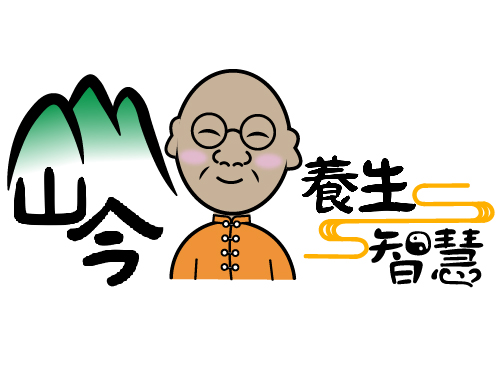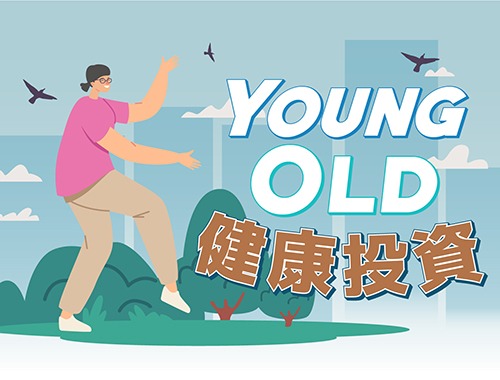BEIJING, Sept. 14, 2024 /PRNewswire/ -- A report from People's Daily:
Southeast of Tianshui city in northwest China's Gansu province, deep in the forests in the west of the Qinling Mountains, stands the peak of the Maiji Mountain, hidden in clouds and mist. On its cliff, lifelike clay sculptures can be observed, which serve as a witness to the history of civilization.
The Maiji Mountain Grottoes, with a history of over 1,600 years, contain 221 existing caves that house more than 10,000 sculptures and nearly 1,000 square meters of murals. They are one of China's four largest Buddhist cave complexes, along with Mogao, Yungang and Longmen grottoes in Gansu, Shanxi and Henan provinces respectively.
Stepping into the Maiji Mountain Grottoes is like unfolding a scroll of history. The grottoes were first built in the Later Qin (384–417) era of the Sixteen Kingdoms period, and constructed and restored in over 10 dynasties. It marks a crucial turning point when Buddhist cave temples became localized and Sinicized in China.
Here, one can find the largest cave in all of China's grottoes modeled after traditional Chinese architecture, and graceful flying apsaras. It meticulously documents the historical process of Buddhism's Sinicization.
The gleaming clay sculptures on the cliff range from towering figures over ten meters tall to delicate pieces just tens of centimeters in size. Despite their varied dimensions and forms, they all showcase Sinicized Buddhist art.
Tianshui, where the Maiji Mountain is located, combines the scenic beauty of both south and north China. Historically part of the Longxi region and known as Qinzhou in ancient times, it was a key hub on the Silk Road west of Chang'an, known as Xi'an today. When Buddhism spread along the Silk Road, Tianshui became one of the first inland areas to embrace Buddhist activities.
At the juncture of East and West, Tianshui accumulated diverse and inclusive cultural genes. The Maiji Mountain Grottoes are at the "crossroads" of China's grotto corridor, as they reach westward to Dunhuang, eastward to Longmen, northward to Yungang, and southward to Dazu.
Throughout its long history, the Maiji Mountain Grottoes have integrated and embraced diverse cultures and made continuous innovation, bearing witness to the fusion of various ethnic cultures and the exchanges between Eastern and Western civilizations.
For instance, some sculptures in Caves 74 and 78 carry obvious features of Gandhara art, but the niches that contain them mimic the architectural style of ethnic minorities in north China. Despite their diverse origins, these elements coexist in perfect harmony.
Civilizations have become richer and more colorful with exchanges and mutual learning. Such exchanges and mutual learning form an important drive for human progress and global peace and development.
While maintaining its unique characteristics, the Maiji Mountain Grottoes have continuously drawn inspiration from and absorbed the outstanding achievements of various civilizations. This process gradually transformed the site into a melting pot of diverse cultures.
The Maiji Mountain Grottoes were inscribed on the UNESCO World Heritage List in 2014 as part of the "Silk Roads: the Routes Network of Chang'an-Tianshan Corridor," following a joint application by China, Kazakhstan, and Kyrgyzstan.
The dense forests and lush vegetation surrounding the Maiji Mountain, along with its perpetual mist, create a breathtaking scenery. However, this picturesque environment also poses significant challenges for the preservation of the grottoes. The sculptures and murals are prone to different forms of deterioration, including detachment, cracking, and discoloration.
Recognizing the importance of preserving this cultural treasure, a dedicated conservation agency was established as early as October 1953. In March 1961, the Maiji Mountain Grottoes were among the first batch of sites to be designated as Chinese national key cultural relics protection sites. A major turning point came in 2017 when the entire site was placed under the management of the Dunhuang Academy, ushering in a new era of rapid development in conservation efforts.
The implementation of conservation regulations, assessment of plank roads, and revision of protection plans have made preservation and utilization more science-based and standardized. The widespread adoption of new technologies and materials to preserve cultural relics has shifted the focus from emergency rescue to preventive and systematic conservation.
Besides, relevant authorities in China have employed computer graphics, photography, and 3D scanning to build an online touring platform. With 3D printing technology, they have produced life-size replicas of representative niches and sculptures from the grottoes, allowing for off-site exhibitions of these relics.
Cultural relics are witnesses to history and carriers of culture. Throughout the long river of history, Chinese civilization has been continuously inherited and developed.
source: People's Daily
【你點睇?】2024年國際外交上,誰是最大贏家?誰是最大輸家?► 立即投票































